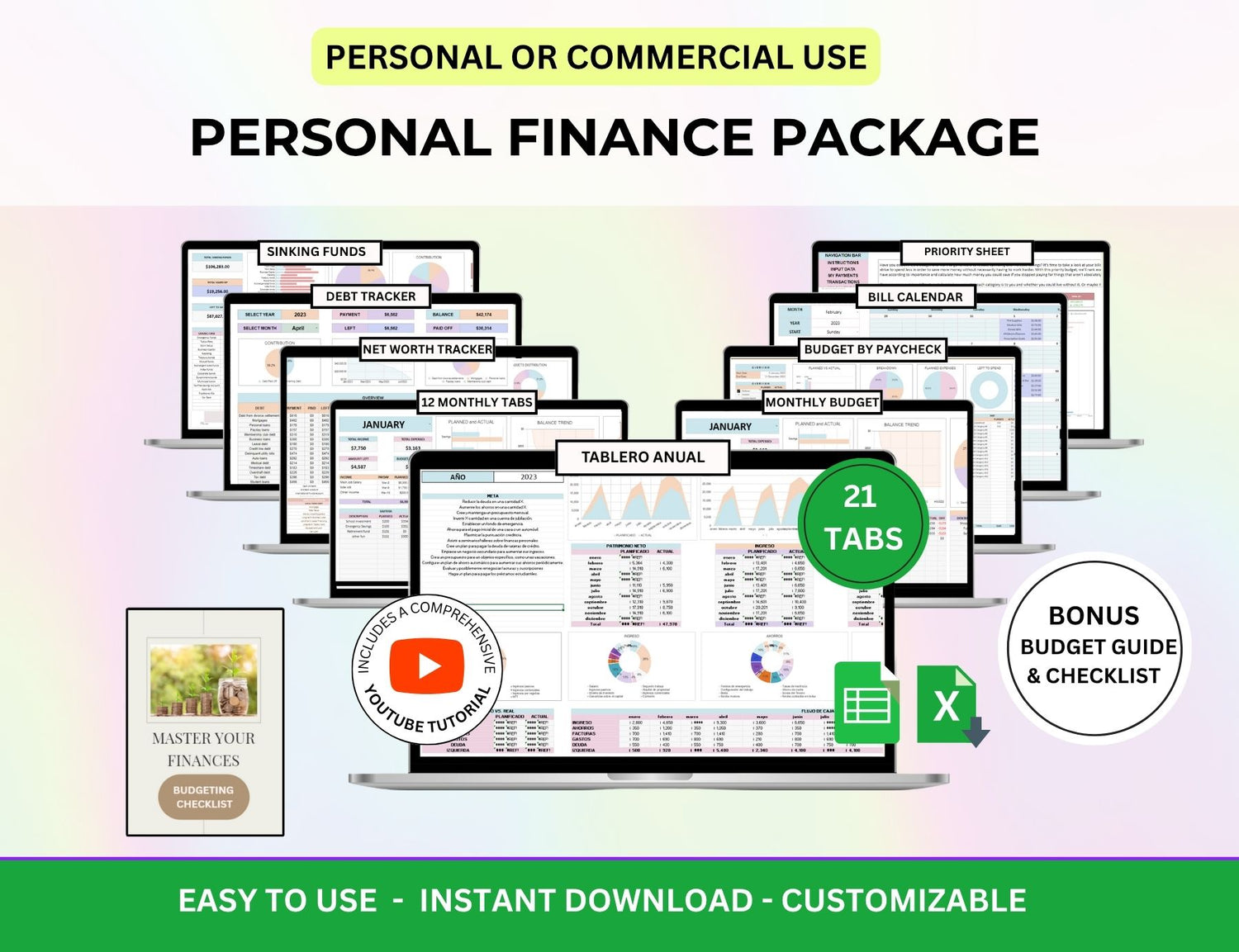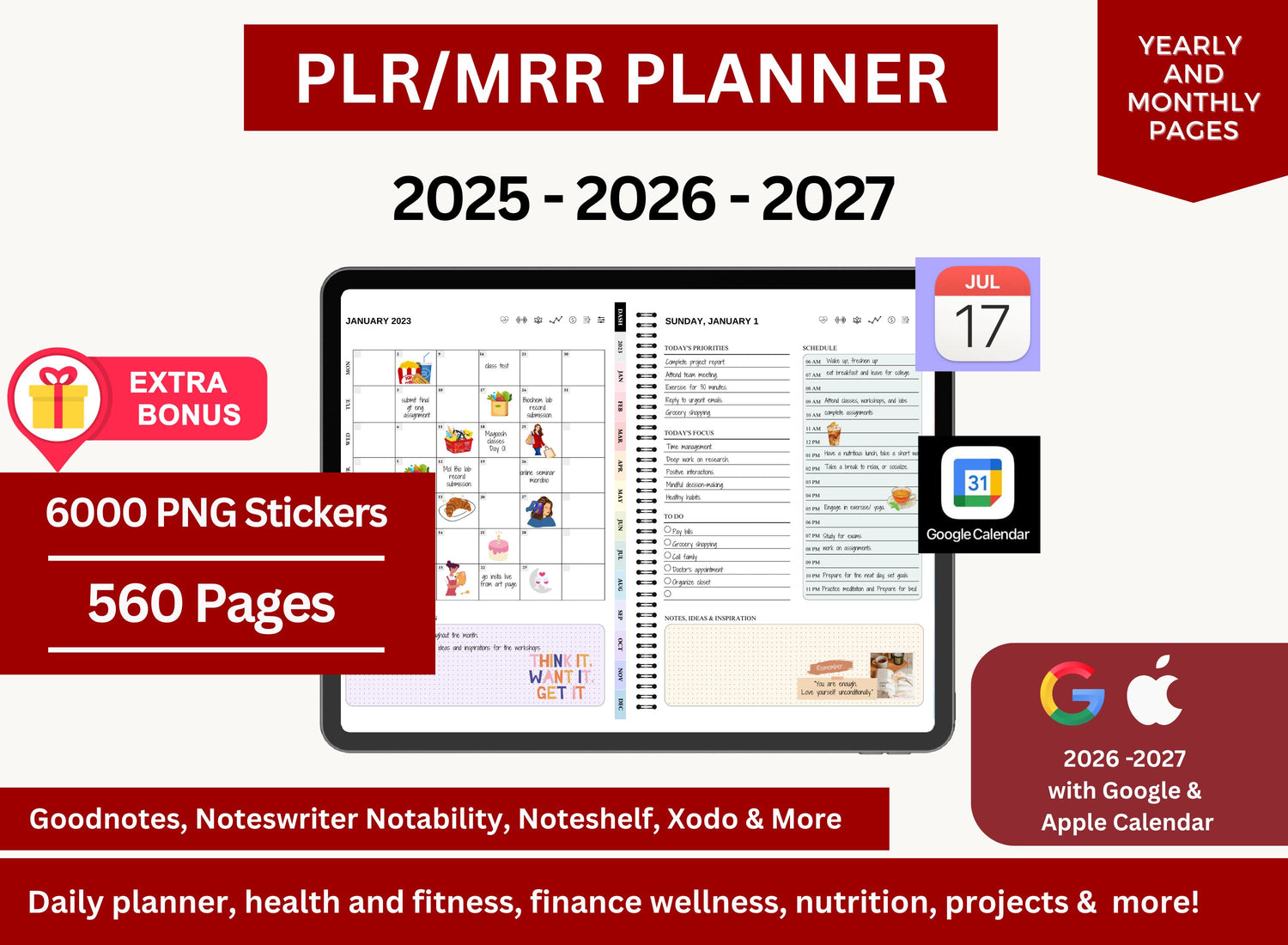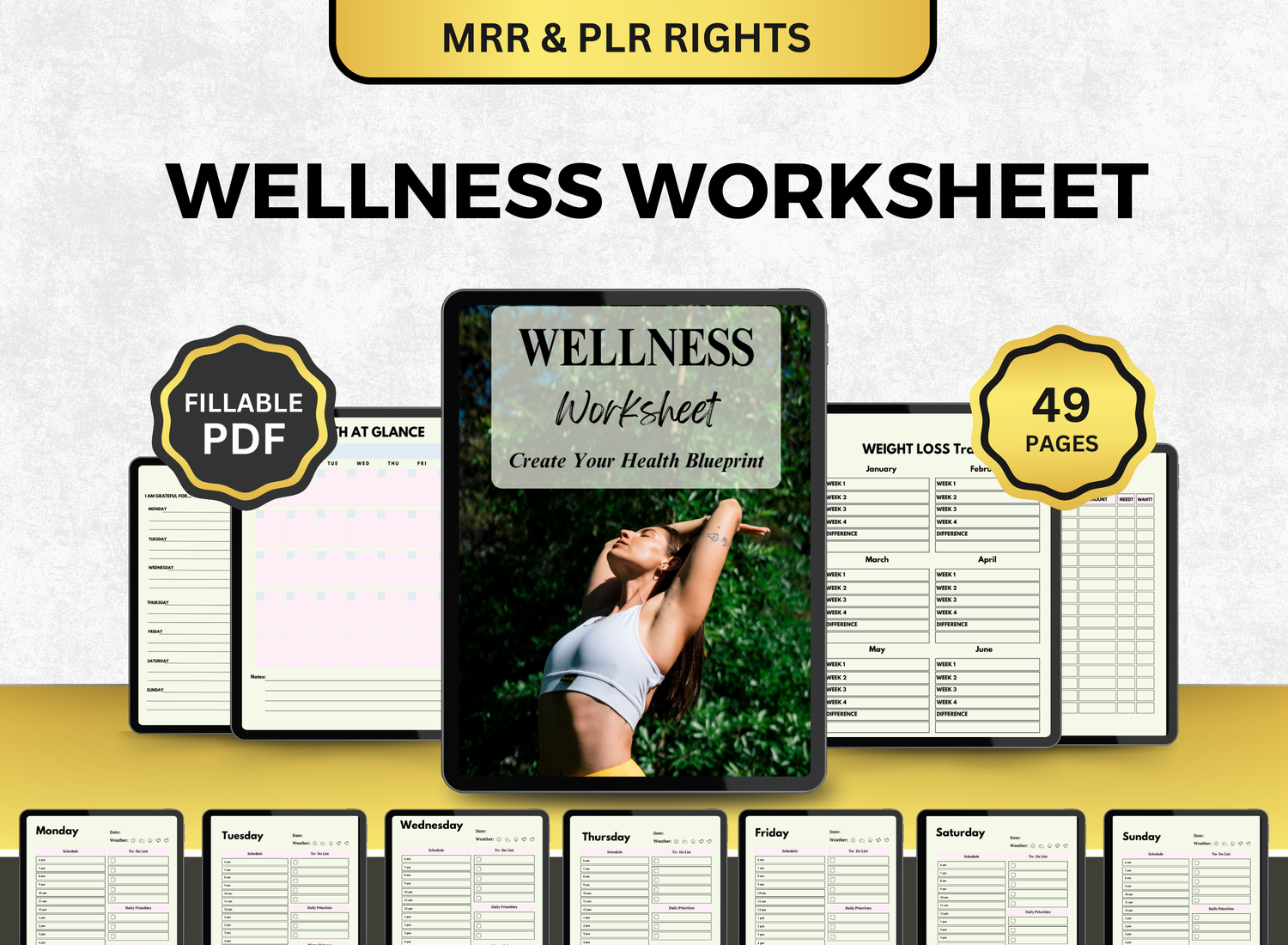MRR and PLR in 2025: What’s New, What’s Working, and What to Avoid
It’s 2025, and if you’ve spent more than 10 minutes poking around the “make money online” space, you’ve probably come across the terms PLR and MRR. They’re everywhere. Instagram reels. TikTok hustle bros. YouTube automation channels. Digital side hustle threads. Everyone’s talking about repackaging digital products and watching the sales roll in while sipping coffee on a balcony somewhere tropical.
But let’s slow down for a second.
Because while PLR (Private Label Rights) and MRR (Master Resell Rights) can absolutely be smart tools in your passive income toolkit, they’ve changed a lot over the last few years. What worked in 2020? Honestly, it might not even get you a single sale now. Buyers are savvier. Platforms are stricter. And the internet is way more crowded.
So, what’s actually working in 2025? What’s new, what’s worth testing, and—maybe just as important—what should you flat-out avoid?
Let’s dig in.
TL;DR
What’s Up |
The Gist |
|
PLR & MRR in 2025 |
Better design, tighter niches, smarter automation—bland, copy-paste content is out. |
|
What Works |
Canva-polished kits, email funnels, niche Etsy drops = real results. |
|
What to Avoid |
Outdated bundles, lazy uploads, and "set-it-and-forget-it" mindsets. |
First: A Quick Refresher—What Are PLR and MRR?
Just to make sure we’re on the same page, let’s define them in simple terms:
- PLR (Private Label Rights): You buy a digital product (like an ebook, course, template, etc.) and get the rights to edit, rebrand, and resell it as your own.
- MRR (Master Resell Rights): Similar to PLR, but with an extra layer—you can sell the rights to the product as well, which means your customers can resell it too.
Think of PLR as buying a frozen pizza and adding your own toppings before selling it. MRR is like selling not just the pizza, but the recipe—and permission for the buyer to do the same.
Both are part of the broader digital downloads market, which, by the way, is projected to keep growing. According to a report from Research and Markets, the global e-learning market (a big piece of the PLR/MRR pie) is expected to reach over $475 billion by 2026 (source). That’s a lot of opportunity. Wild, really.
(An example of a digital product with Master Reseller Rights and Private Label Rights; self-care journal.)
So… What’s New in 2025?
PLR and MRR have been around for a while, but the way people use them—and what’s considered “good”—has evolved. A lot.
Here’s what’s fresh (and working) in 2025:
1. Higher Standards All Around
Buyers have wised up. That old-school, text-heavy, Times New Roman ebook? It's not cutting it anymore. Not even close.
Today’s digital customers expect:
- Clean, modern designs (Canva templates are practically the standard).
- Real value—meaning no fluff, no filler, and actual insight.
- Immediate usability (editable fields, plug-and-play tools, etc.)
Creators are upgrading PLR packs with extras like:
- Matching Instagram templates
- Swipe files
- Notion dashboards
- AI prompts (yes, seriously)
I saw one PLR pack last week that included ChatGPT prompt libraries for customizing the PLR content. It was a little meta, but surprisingly useful.
If you’re still using clunky PDFs from 2017, you’ll probably struggle. Honestly, it might be time to retire those files—or at least give them a glow-up.
(An example of a digital product that can be edited through Canva; "21 Things Every Girl Should Know" ebook planner.)
2. MRR “Digital Business Kits” Are Booming
Here’s one trend that’s exploded in 2025: full business-in-a-box kits with MRR. You’ve probably seen them.
They usually include:
- A full course or ebook
- A sales funnel (often in Systeme.io or ClickFunnels)
- Pre-written emails
- Graphics, mockups, even ad scripts
- A commercial license to resell it all
These kits appeal to beginners who want to plug into something ready-made. It’s like buying a franchise—only digital.
Sellers like Digital Dames and The Resell Club have popularized this model, combining Canva templates, courses, and resale rights in polished, niche-ready packages. And they’re thriving.
I tried one of these out of curiosity. It came with 20 email sequences, 50 social posts, and a brand kit. I didn’t even end up launching it, but I still learned a ton just from reverse-engineering it.
(An example of a branding kit for a hair salon; hairstylist templates.)
3. Tighter Niches, Better Results
General PLR still exists. But it’s not selling well. Not really.
In 2025, the money is in the micro-niche—think:
- “Budgeting for Single Moms Who Freelance”
- “Meal Plans for PCOS in Your 30s”
- “Self-Care for Burnt-Out Tech Workers”
Why? Because people want specific solutions. Not just a “self-improvement” guide. They want a guide that feels like it was written just for them.
The weird part? Sometimes you don’t even have to change much of the core content—just tweak the framing. Change the title. Adjust a few references. Suddenly it’s laser-targeted.
If you’re using PLR, niching it down and tailoring the message is no longer optional. It’s required. Otherwise, it just blends into the noise.
(An example of a digital product catered to people with ADHD; MRR/PLR ADHD planner.)
4. AI + PLR = New Possibilities
Love it or hate it, AI is now baked into the digital product world. ChatGPT, Claude, and others are being used to:
- Rewrite and personalize PLR content
- Turn ebooks into scripts, quizzes, blog posts, you name it
- Generate visual content for MRR product bundles
Some people worry this will flood the market with low-quality junk. And yeah… it kind of has. But smart sellers are using AI to enhance good PLR—not replace it.
One example: taking a PLR email funnel and using AI to adjust the tone for different audiences (like Gen Z vs Boomers). It’s subtle, but it makes a big difference in conversions.
Another trick I’ve seen? Turning a PLR checklist into a quiz funnel using ChatGPT. It takes 10 minutes and gives you a brand-new lead magnet.
What’s Still Working in 2025?
While things have evolved, certain foundational strategies are still very much alive and well.
✅ Etsy for Digital Downloads
Yes, Etsy is still a viable platform. Especially for planners, templates, affirmation cards, digital journals, and self-help content.
But you can’t just upload a generic file anymore. Your listing needs:
- Keyword-optimized titles (use tools like eRank or EverBee)
- High-quality mockups
- Clear product descriptions
- Aesthetic branding that matches your niche
Also, Etsy now allows you to sell Canva templates directly via share links. That’s opened up a lot of new opportunities for MRR creators.
Which, by the way, I didn’t even realize until last month. Game-changer.
✅ Gumroad and Payhip for Funnels and Upsells
These platforms let you:
- Host your digital products
- Create one-click upsells
- Collect emails for follow-up marketing
In fact, Payhip even handles affiliate management for you. Not bad for a free-to-start platform.
More advanced sellers are building mini digital storefronts on Gumroad, each focused on one niche. For example: a “Freelance Productivity Toolkit” page with multiple MRR products bundled together.
It’s not flashy, but it works.
✅ Email + Freebie Funnels Still Convert
Lead magnets—especially interactive ones—are alive and well.
Here’s a funnel that still works:
- Offer a free digital checklist or quiz (based on PLR).
- Collect the user’s email.
- Send a follow-up series with value + a paid offer (your MRR product).
- Upsell a bundle or premium version down the line.
You’d be surprised how many people still opt in for “10 Time Hacks for Side Hustlers” or “Find Your Digital Product Niche” quizzes.
Just make sure the PLR you're using actually helps solve something. Or at least looks like it does. Sometimes presentation trumps depth—though I wouldn’t rely on that forever.
(An example of a digital product; PLR wellness journal.)
What to Avoid (or At Least Reconsider)
We’ve covered what’s working. But let’s talk about a few things that, frankly, aren’t.
❌ Generic, Overused PLR Bundles
You’ve seen them.
“50 ebooks for $7!” or “200 DFY funnels in every niche!”
These are tempting, but... let’s be honest. Most of that content is either:
- Outdated
- Poorly written
- Massively oversaturated
It’s not that you can’t use them. But they need a lot of work to be usable. And honestly? It might be faster to create something new from scratch using ChatGPT.
❌ Uploading Unedited PLR to Amazon KDP
Once a popular shortcut, this method now violates Amazon’s content policies.
KDP has cracked down hard on low-content and duplicate-content ebooks. If you’re publishing anything generated or based on PLR, you must:
- Significantly rewrite it
- Add original content
- Clearly disclose AI usage (if applicable)
Otherwise, your account could be flagged or banned. Not worth the risk.
❌ Treating MRR as Set-It-and-Forget-It
Look, the appeal of MRR is real. Resell rights, passive income, automation—it all sounds great.
But many people buy a full kit and… that’s it. They never actually:
- Launch the funnel
- Drive traffic
- Build an email list
- Tweak based on performance
MRR doesn’t work unless you work it. You still need to:
- Promote your link consistently
- Test headlines, prices, CTAs
- Offer bonuses or customizations that set you apart
It’s not 100% passive. Not right away, anyway.
(An example of a digital product bundle; monthly budget spreadsheet bundle.)
Final Thoughts (Not Tied Up Too Neatly, On Purpose)
MRR and PLR aren’t perfect systems. They’re tools. Sometimes really powerful ones. But they come with a learning curve. And in 2025, success depends more on how you use them than what you use.
Some people will tell you it’s too saturated. Others will swear they made $10K from a single product launch.
And honestly? Both are probably right.
It’s messy. Inconsistent. Frustrating, even. But that doesn’t mean it’s not worth exploring.
If you're looking to make money online, build a side hustle, and tap into the passive income potential of digital products, PLR and MRR are still very much worth exploring. Just... go in with your eyes open. Be willing to tweak, test, and adapt.
You don’t need to be perfect.
Just consistent.
Thoughtful.
A little bit creative.
And maybe, with a bit of patience and some Canva magic, that “business-in-a-box” becomes your stepping stone to something bigger.













